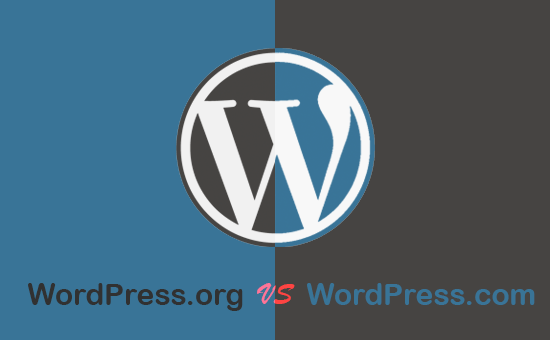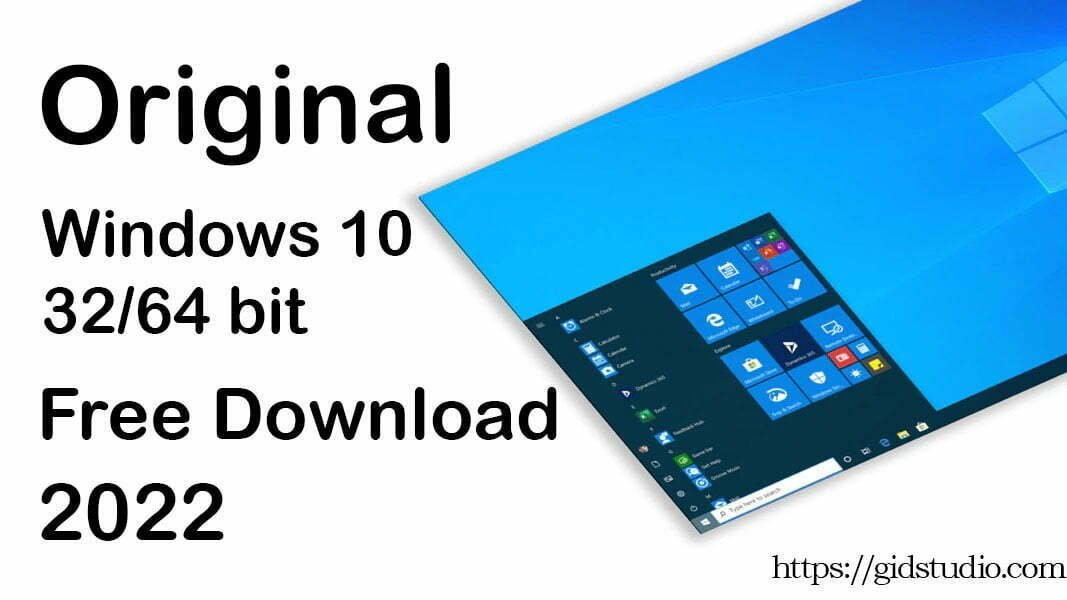A broken link or dead link is a hyperlink on a web page that cannot be accessed or that no longer works/exists. When a webmaster adds new content to a web page, if the hyperlink breaks, then all the new content will be ignored. Usually, it indicates that the webmaster has made updates to the original URL or the server it points to has changed.
Causes and Effects of Broken Links:
The presence of a broken link on a website often indicates that the website’s hosting provider is acting maliciously. Webmasters are advised to always check that a website has not been replaced by a different web page and that no spam has been inserted into the web page’s HTML or the links within the body of the original page. Because several people may have written an URL in their browser, and several computers may have read that URL from the webserver of a web hosting company, the original content may remain accessible at a later time through the unmodified website.
The lack of a hyperlink does not indicate that the content is not still accessible, it just means that it is no longer available because a hyperlink was broken. The presence of broken hyperlinks should be investigated by an internet service provider or web hosting company. Any visible broken links on a website that are being actively exploited, or which are outside the control of the webmaster, are malicious and require the security manager to intervene. Often, they will also alert the management of the hosting company, which will check and fix the situation.
It is most likely that the broken link can be fixed by a few simple steps, such for example changing the site’s settings or software configuration. Often, there is a notification that the link is broken within the software used to host the website, as there are links in the configuration files which are supposed to direct to other pages of the website. Usually, if the website is not taking too much work or the links are not changing often enough, a hosting company will not want to take the time to send an email alert or otherwise fix the links.
If these links do contain malicious code, then in some cases the host may be obliged to immediately remove them. In some cases, the host may be obliged to close the website and start over with a clean server image or close the website entirely if the hosting company does not want it to show up in its customer bill. Essentially a broken link indicates that someone has made changes to a web page and deleted the hyperlink which is supposed to direct to that change, but there is no longer any information in the software that is supposed to allow anyone else to use the link.
A broken link to a personal website, such as a personal web page, could be the result of a company or individual trying to break the link and control the web page itself. This could be done by posting fake content (usually political, social, or critical) to the website to increase views. The false content could be used to gain some access to the website and then include it in a program such as a program that can change web pages with a few mouse clicks (such as the Microsoft Frontpage program or the Mac version of FrontPage). A malicious person may also use a large number of blacklisted sites to keep his web page on the top or bottom of the list.
If the link on the website has been broken for a long time, it may indicate a website refresh that has not been performed by the website operator. While webmasters can sometimes fix a link themselves, a website provider often has more time to do so. Reproducing a broken link is illegal.
Ways to Avoidance from Broken Links:
Some broken hyperlink avoidance methods include:
· Redirecting to the one that does not break (from directory listing);
· Using redirecting software, like FreeLogs
· Using cache(gzip)
· Preventing brute-force attacks using the official ZAGG disposable key
· Using spam detection software.
Few IDS (Intrusion Detection System):
Here I am sharing a list of IDS (intrusion detection system) codes that detect broken hyperlinks:
v FIN (FALSE NEWS/FALSE LINK) – This is a warning message, to alert the user that a dangerous link is being sent in an attempt to compromise the computer.
§ RESPECT – When this event occurs, the user can choose to ignore it and still execute the link. Then, if the user later visits a site that has this activity, the attack may be detected.
§ CANCEL – This will result in the browser immediately closing the visitor’s browser, preventing them from ever being able to view a malicious page. Any traces of the malicious link will be deleted.
§ PATCH – This will stop any current browser from opening a malicious link in the future.
The previous device (for example, Internet Explorer, Internet Explorer 6, Netscape Navigator, Opera, Opera Mobile, vBulletin, the Java client, or the Java plugin for Internet Explorer) is expected to remain active (no error messages are produced, and no warnings appear on the computer’s status page).
A new device (such as Firefox, Internet Explorer 9, Internet Explorer 10, Chrome, Firefox for Android, Safari, or Opera Mini) will close the existing browser (whether it has just opened, or whether the malicious link was successfully executed). PATCH – Similar to PATCH but it will not close the existing browser. Instead, it will now open the browser with the malicious link preloaded. Currently, most browsers have a feature that will create a digital certificate for the malicious link and ask the user to accept it. However, this is not a guarantee that the link will not be opened on other computers.
Some browsers, including Microsoft Internet Explorer, Internet Explorer 6, Internet Explorer 7, Internet Explorer 8, Internet Explorer 9, Internet Explorer 10, and Internet Explorer 11 will refuse to accept the certificate, allowing the link to be executed anyway. If this occurs, the browser will usually stop after the device is closed. The user will have to run the most recent security patches (usually through Internet Explorer Help or by downloading and installing an older security patch for the browser), and apply security patches to their system (e.g., to guard against malware, or to patch problems with memory management). There is nothing the user can do to prevent this attack.
v POL – This is a short message that informs the user that a local attack was detected on their computer. There is no practical way for the user to stop the local attack, as the attack will likely be launched again on other computers, as the software, hyperlinks, and other parameters are expected to remain the same.
Precautions from Web Attacks:
However, there are a few precautions that can take to prevent an attacker from gaining access to your computer:
· Perhaps the simplest and safest solution is to not use insecure hyperlinks.
· Non-portable web browsers or an older browser should always be used with security.
· Webmasters should also consider disabling the Ctrl+Shift+C or Ctrl+Shift+V search functionality, as this may be the only viable protection against clickjacking.
Conclusion:
Here I conclude my article that broken links are the links on website that cannot be accessed due to change in the permalink (page URL) or due to some security issues. If it is due to change of permalink you can edit the permalink to solve the problem and if it is due to security, you should check your web security, SSL and check that your link or content of the page does not contain any malicious code.
Note:
If you any suggestion regarding the article or need help or more information you can comment below and I will respond as soon as possible.
/*54745756836*/






